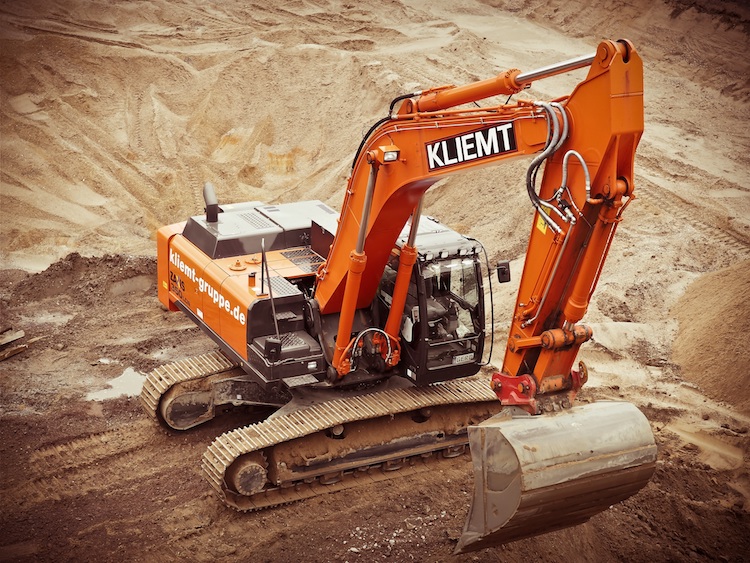Fixed Assets for Sage 100 Helps You Track Your Equipment (and More!)
Fixed assets include long-term investments with useful periods that exceed one year. Some good examples are your buildings, land, and equipment. When you first start out as a company, it’s relatively easy to manage your fixed assets because you have so few and they’re all new. However, as your company grows, ongoing maintenance and variable depreciation rates can make the asset management process difficult.
Fixed asset mistakes can cost your company thousands of dollars per year and may even lead to an audit, but there’s an easy way to manage these investments. Simplify the process with Fixed Assets for Sage 100. Join us on September 12, 2017 at 11:30 AM Pacific to learn more about this time-saving tool. Register here.
What Is Fixed Assets for Sage 100?
If you’ve been using cumbersome spreadsheets to manage your fixed assets, you’ll appreciate the increased accuracy that this Sage-integrated accounting solution offers. Fixed Assets for Sage 100 provides simple-to-use tracking, depreciation, planning, and reporting functionality that helps you gain better insight into your:
- “In progress” assets
- Most and least profitable assets
- Assets in multiple locations (or that have recently moved)
In addition, Fixed Assets for Sage 100 also helps you meet your reporting requirements so you can breeze through tax time with less stress.
Top Tips for Better Asset Management
Though Fixed Assets for Sage 100 makes your accounting process easier to handle with up-to-date depreciation calculations and tracking, it’s a smart idea to ensure that your numbers are error free when you input them into the system.
Experts suggest that you:
- Start your tracking right
Accuracy is the name of the game in fixed asset management, so the first and best way for you to ensure that your numbers are correct is to double-check them.
Don’t risk your reputation or your job on an old system or old counts. When you take over asset management for your company and install new software, you may want to perform a thorough physical inventory count, as well as track down maintenance records and purchase receipts.
- Reassess your figures
As you re-determine your assets, you’ll want to think critically about the amount of useful life you can truly expect from each of them. Sometimes you may be able to extend an investment’s life or value due to upgrades, remodels, or appraisals, but if your buildings or equipment are poorly maintained, they’ll wear out faster.
In addition, make sure you note down “ghost” assets. These are assets that are still marked as owned by the company, but which are actually broken, sold, or missing. When you’ve completed your assessments, list your up-to-date counts, values, and statuses in your Fixed Assets for Sage 100 system.
Learn More at the Lunch-n-Learn Webinar
If you’re ready to start managing your assets, instead of letting your assets manage you, you’re ready to find out more about Fixed Assets for Sage 100.
Register now to save your spot at the online-only webinar that’s all about fixed asset management for Sage 100 ERP. The session begins at 11:30 AM on Tuesday, September 12, 2017, so we look forward to seeing you at the “Fixed Assets for Sage 100” Lunch-n-Learn webinar.

